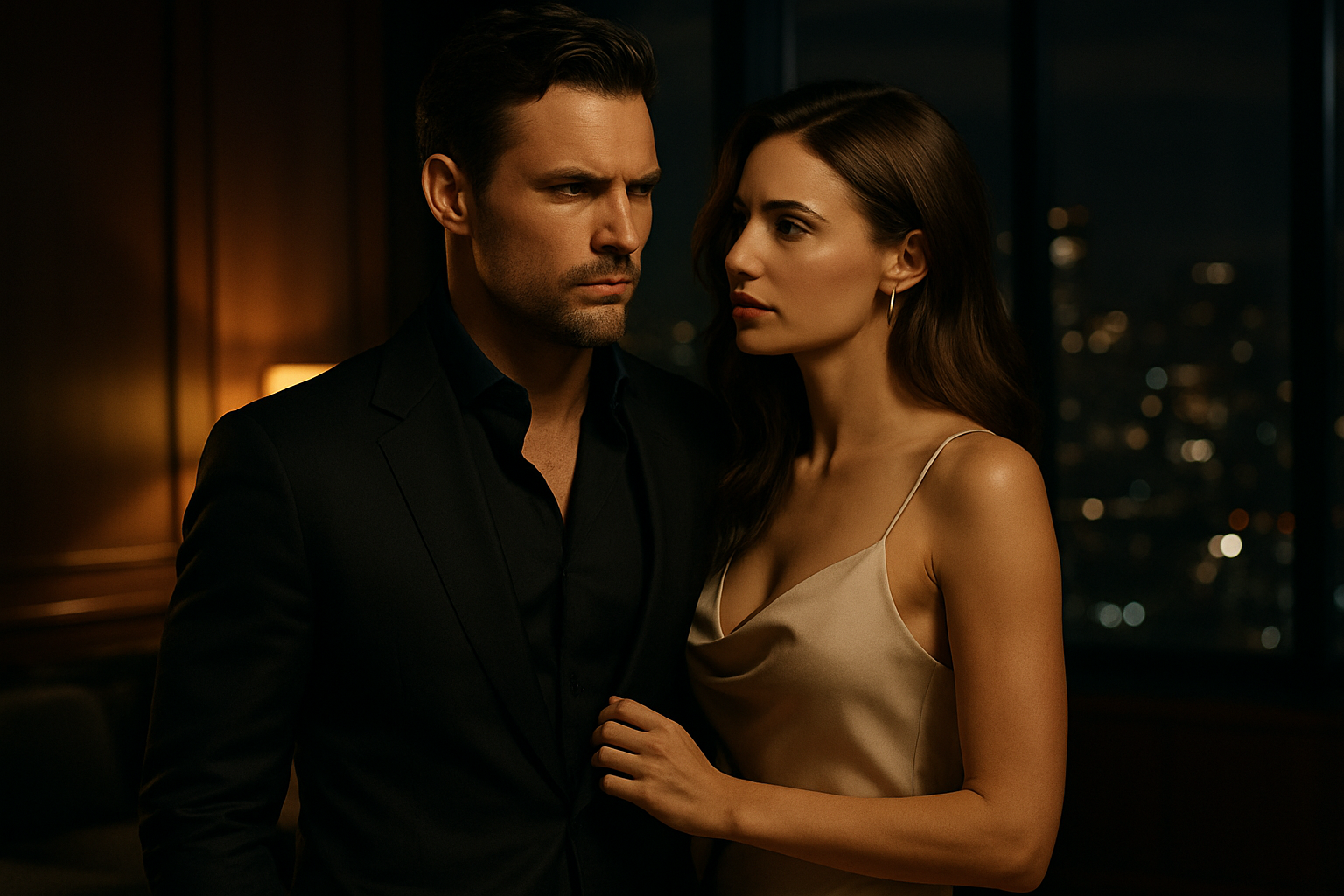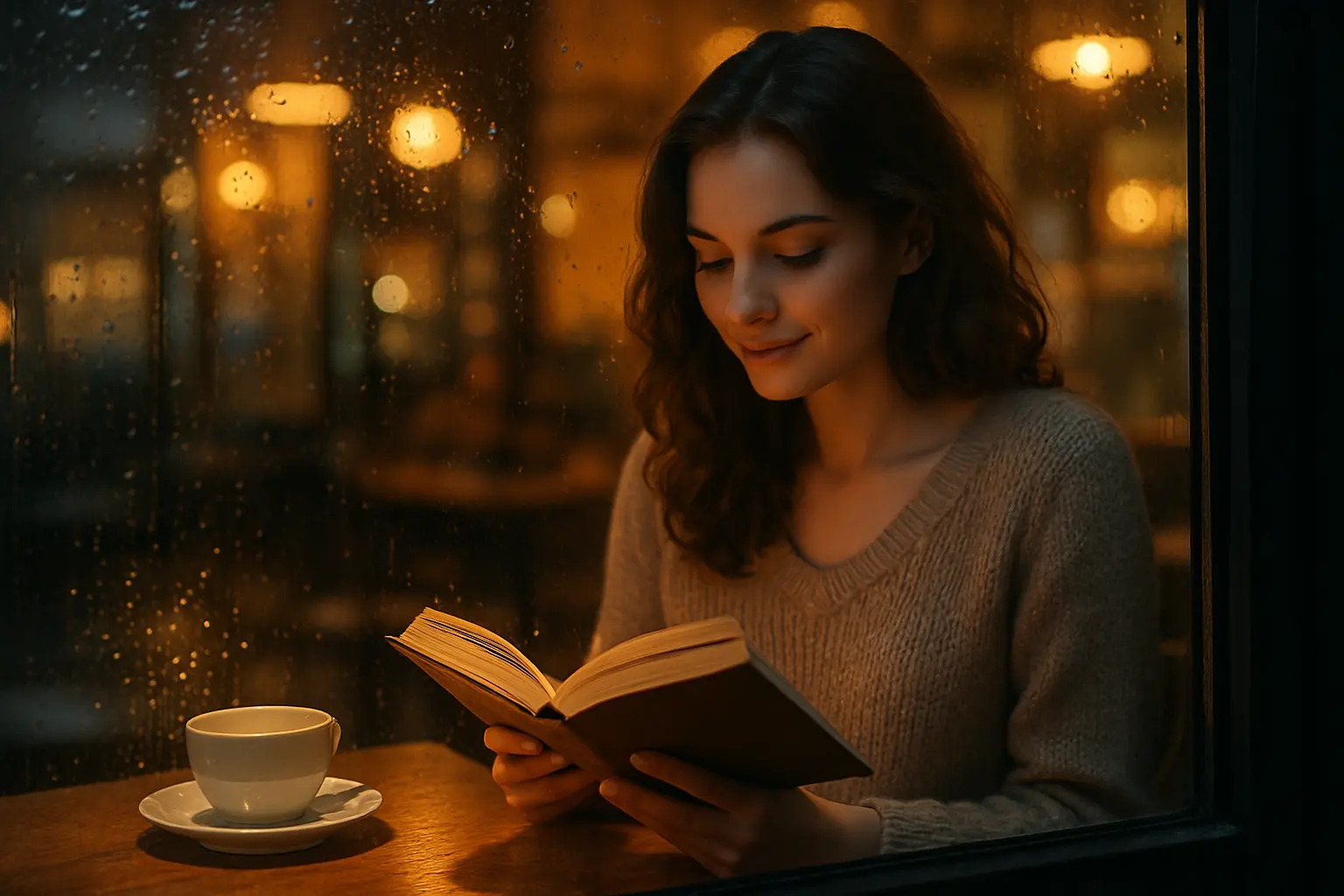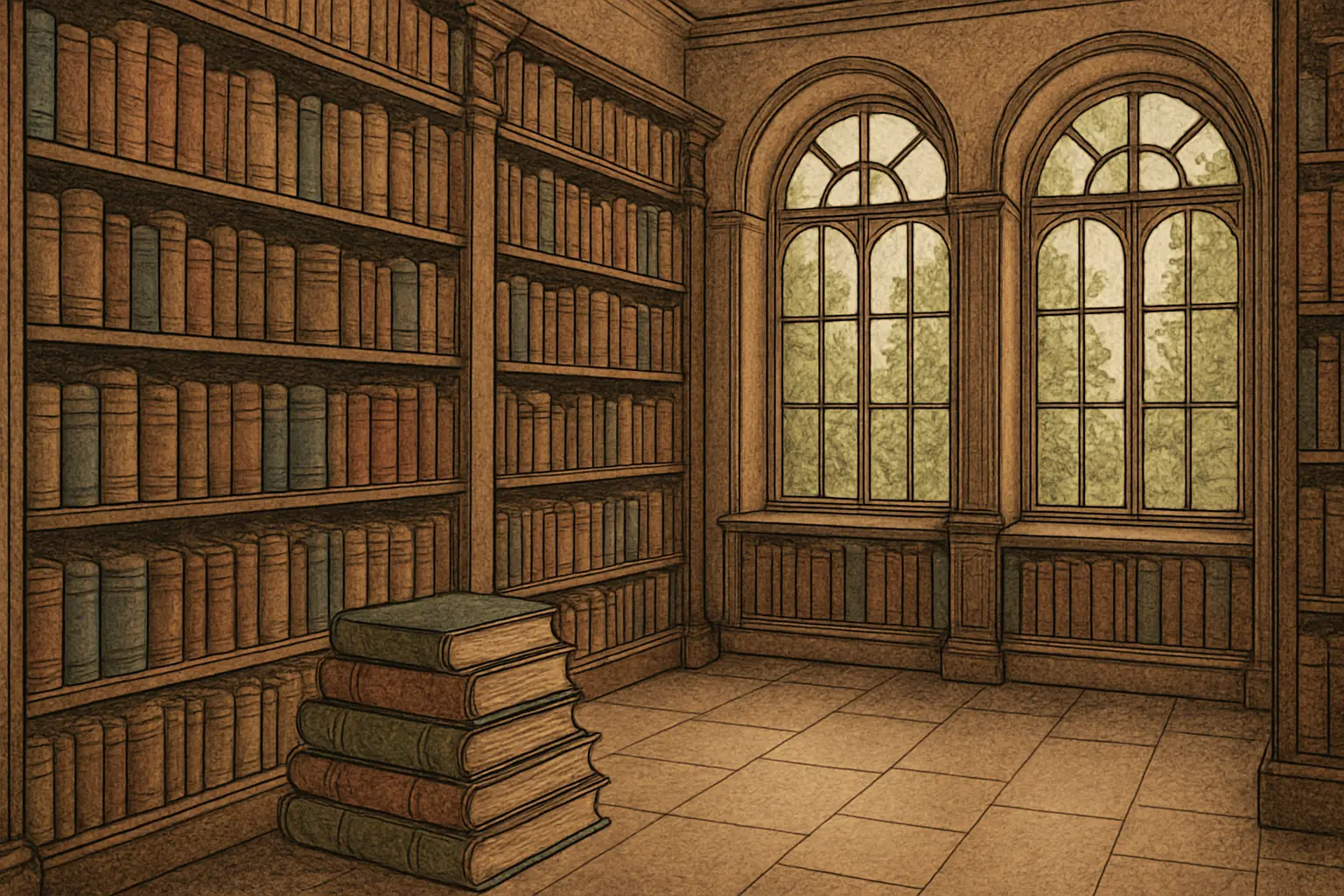Table of Contents
ToggleWhat is a Protagonist?
This is the main character around whom the story revolves. In romance novels, the protagonist is often the person who experiences the romantic journey, facing challenges and growing emotionally along the way.
What is an Antagonist?
Antagonist opposes the protagonist, creating conflict in the story. In romance books, the antagonist could be a rival lover, societal expectations, or even personal doubts or fears that make the romantic journey difficult for the protagonist.
Protagonists vs. Antagonists in Novels
| Aspect |
Protagonist |
Antagonist |
| Goals, aspirations | This is the main character we all root for. They’re usually after love, personal happiness, and growth. Their journey involves navigating through various hurdles to find true love and often a better version of themselves. | On the flip side, the antagonist stands in the way of the protagonist’s goals. They might not always be out to wreck the romance on purpose; sometimes, they’re just competing for the same person or upholding rules that make the love story difficult. |
| Their impact | We follow their emotional ride. The story is all about their challenges, the love they’re trying to secure, and their personal evolution. | They spice things up! By introducing conflict and challenges, the antagonist makes the story more exciting and tests the protagonist’s resolve. |
| Character development | They usually go through a lot of growth. Romance stories love to show how the protagonist overcomes obstacles and changes for the better throughout the book. | Their development might not be as deep. Sometimes, they’re mainly there to stir up trouble and push the protagonist to grow. Other times, they might have more complex motives that add depth to the story. |
| Moral Alignment | Generally the good guy. They have flaws, sure, but overall, they’re meant to be likable and morally sound. | Often, they’re in a moral gray area or might lean more towards the “bad” side, challenging the protagonist’s values. But in more nuanced stories, they can be pretty sympathetic too, making us understand why they do what they do. |
| How readers perceive them | We get a front-row seat to their thoughts and feelings, which helps us connect with them on a deeper level. | Depending on the story, we might not get as much insight into what makes the antagonist tick. Sometimes keeping them a bit mysterious can make the story more intriguing. |
Interesting Protagonist Characters in Galatea Books
The Arrangement by S.S. Sahoo
- Xavier Knight is well aware of what makes a woman swoon: luxury cars and wealth. He has plenty of both. So, when a scandal pushes him into an arranged marriage with Angela Carson, a broke nobody, he’s convinced she’s after his money and decides to make her pay for it. However, not everything is as it seems, and Xavier soon realizes that opposites may not be so different after all…
The Lycan’s Queen by L.S. Patel
- Nineteen-year-old werewolf Aarya never thought of herself as a hopeless romantic, at least not until the boy she loved chose his mate over her. With a broken heart, she unwillingly attends the Lycan Ball, where she unexpectedly crosses paths with Lycan King Dimitri Adonis, sparking an immediate connection. Together, this fiery duo must navigate the treacherous world of royal politics, dealing with bitter ex-lovers, envious subordinates, and more.
Mason by Zainab Sambo
- Mason Campbell is one of the most influential men in England—cold, relentless, and feared by all. Men envy him, and women desire him, with his name whispered in awe and terror. When Lauren Hart secures a job as his assistant, she quickly becomes the target of his arrogance. Yet, despite his many admirers, Mason only has eyes for her. Then, he presents her with an irresistible offer…
Why We Need Both
In romance books, the interaction between the main character (protagonist) and the character or force that opposes them (antagonist) is really important for making the story interesting.
1. Moving the Story Along
The protagonist wants something—usually love or personal growth. The antagonist is there to throw hurdles in their way. This back-and-forth is what keeps the story moving and keeps us wondering what will happen next.
2. Helping the Main Character Grow
The antagonist challenges the protagonist, pushing them to face their fears, make tough choices, or change in meaningful ways. It’s through these challenges that the main character grows, and we get to see their true colors.
3. Keeping Things Exciting
Antagonists make things more tense. They bring problems or conflicts that make us unsure about how the story will end. This tension is what hooks us and makes us eager to keep reading.
4. Making the Story Richer
A good antagonist can make the story deeper and more complex. When they have real, understandable reasons for their actions, or when they represent bigger issues, it adds layers to the romance, making us think and feel more deeply about the characters and their situations.
5. Pushing the Main Character to Act
Antagonists are often the reason the main character has to jump into action. Without someone stirring up trouble, the protagonist might not have enough reason to push forward and chase their goals. This keeps the story lively and the main character active.
Basically, protagonists and antagonists don’t work together, but their conflict is what spices up the story. It’s crucial for a deep, engaging tale that does more than just tell us about two people falling in love—it gives us drama, challenges, and the thrill of rooting for the main character to beat the odds and find happiness.
Conflict Explanation
In a romance book, the conflict between the protagonist and antagonist centers on obstacles that prevent the main character from reaching their goals. This often involves finding love or happiness.
The antagonist could be another person competing for the same love interest, a disapproving family member, or even the protagonist’s own fears and doubts. These internal struggles can make them feel unworthy of love.
Such conflicts add tension and drama to the story. As a result, the journey becomes more exciting and the resolution more rewarding when the protagonist finally overcomes these challenges.
Understanding Protagonists Better
Protagonists in romance novels are crafted to feel like real people that readers can connect with. Here’s what makes them tick:
1. Relatable
These main characters are just like us in many ways. They have jobs, family issues, and personal hang-ups that anyone might face. This makes it easy for readers to see a bit of themselves in the protagonist and get wrapped up in their story.
2. Flawed
Nobody’s perfect, and that goes for romance novel protagonists too. They might be a bit too stubborn, have a hard time trusting others, or jump to conclusions too quickly. These flaws make them more human and interesting. As they work through these issues, often with some help from their love interest, it adds drama and spice to the story.
3. Growth
Over the course of the book, these protagonists go through a lot of personal growth. They learn from their mistakes, tackle personal challenges, and grow emotionally. This change isn’t just about getting the love story to a happy ending; it’s about the character becoming a better, happier person. Watching this transformation is one of the most rewarding parts of a romance novel.
What is a Villain Antagonist?
In romance books, a villain antagonist is the character who throws major challenges at the love story. They’re not just a little obstacle; they’re often the main hurdle the couple has to overcome. Here’s what typically sets these villains apart in romantic tales:
- Getting in the Way: They directly mess with the main couple’s chances of happiness, often through sneaky moves like lying, cheating, or manipulating others.
- Selfish Motives: Their reasons are usually pretty selfish. Maybe they’re jealous, want revenge, or are just after power. They’re not thinking about anyone’s happiness but their own.
- Big Impact: These villains are crucial to the plot because they bring in the drama and tension. The story gets more gripping because the stakes are higher and the challenges tougher.
- Not Just Evil: While some of these bad guys are just mean, others might have deeper stories that make you kind of understand why they are the way they are, even if you don’t agree with them.
- How Things Wrap Up: Their defeat or change of heart often marks a turning point in the story. This showdown helps clear the path for the couple’s happy ending.
Why Do We Love Antagonists More Sometimes?
They’re Complicated
Antagonists aren’t just bad; they’re usually complex and layered. They have histories and motivations that might stem from pain, jealousy, or other deep emotions. This complexity makes them fascinating to figure out, giving readers a richer experience as they delve into the story.
2. They Keep Things Interesting
While protagonists often stand for clear-cut values, antagonists bring in the shades of gray. This moral ambiguity makes things more interesting and challenges readers to think about what’s right or wrong in a not-so-obvious way.
3. They’ve Got Charisma
Let’s face it, antagonists can be charming and charismatic, often wielding power in ways that are intriguing. Their confidence and sometimes their control over situations make them hard to ignore and often quite magnetic.
4. They Stir Up the Drama
Antagonists are the ones stirring the pot, creating conflicts that push the story along and force the protagonist to grow. This not only spices up the plot but also makes the journey of the protagonist more engaging. Who doesn’t like a good challenge, right?
5. The Forbidden Attraction
There’s something a bit thrilling about the forbidden, and antagonists often embody that. They break rules, challenge norms, and flirt with the darker side of things, which can be pretty alluring if you’re into the whole “bad boy” or “bad girl” vibe.
6. Everyone Loves a Comeback Story
If there’s a chance for a villain to turn things around, readers are all for it. Redemption arcs, where the antagonist maybe finds a new path thanks to love or a change of heart, are super appealing. It’s rewarding to see someone turn their life around, and it adds an extra layer of depth to the romance.
It’s clear that the dynamic between protagonists and antagonists really makes romance books come alive. The protagonists, with all their personal battles and growth, draw us in and make us cheer for them. Meanwhile, the antagonists keep things interesting by stirring up trouble and putting hurdles in the way. This push-and-pull not only drives the story forward but also hooks us as readers, making us eager to see how all the drama unfolds and resolves. Understanding this interaction helps us see just how key both these characters are to spinning a really engaging and satisfying romance tale.






